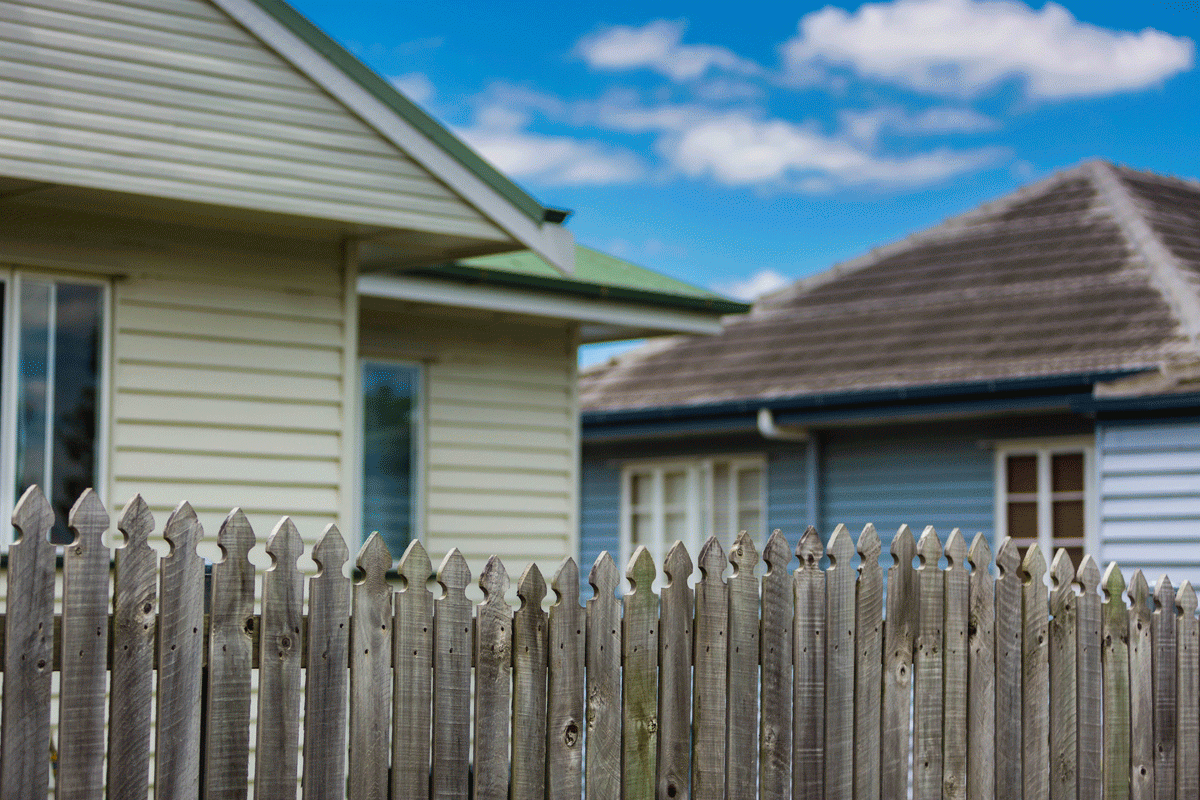2018 was the housing market’s worst year in a decade, but that’s no cause for panic


National home values fell by 2.3 per cent over the December quarter, the largest quarter on quarter decline since 2008. Photo: AAP
Australia’s housing downturn picked up speed in 2018 with national home values declining by the largest annual amount in a decade, new figures show – but home owners and investors don’t need to panic.
National dwelling values (an aggregate of house and unit values) fell 4.8 per cent through 2018, the largest annual decline since 2008, the latest figures from property data firm CoreLogic show.
The year saw price declines accelerate in the two major cities, with home values falling by 8.9 per cent in Sydney and 7 per cent in Melbourne as the ‘fear of missing out’ that helped fuel years of historic price booms was replaced by the ‘fear of not getting out’.
Sydney values are now 11.1 per cent lower than the market’s peak in July 2017, while Melbourne values are down 7.2 per cent since peaking in November 2017.
Conditions varied across the other capitals in 2018, with prices falling by 4.7 per cent in Perth and 1.5 per cent in Darwin, but rocketing up by 8.7 per cent in Hobart, 1.3 per cent in Adelaide and 0.2 per cent in Brisbane.
“Overall, housing market conditions showed a diverse performance over the year, demonstrating how varied the market is based on location and price points,” CoreLogic head of research Tim Lawless said.
Although the Sydney and Melbourne markets are continuing to soften, the peak-to-current declines in the two cities are “much less severe” relative to Perth and Darwin, where values have fallen 15.6 per cent and 24.5 per cent respectively since the end of the mining boom in mid-2014.
At the end of 2018, Sydney values were back to where they were in August 2016, while Melbourne values are back to February 2017 levels.
By contrast, Perth values were back to levels last seen in March 2009, while Darwin dwelling values were at October 2007 levels.
The “broad weakening” in housing market conditions in 2018 highlights that “this slowdown goes well beyond the correction in Sydney and Melbourne”, Mr Lawless said.
“Although Australia’s two largest cities are the primary drivers for the weaker national reading, most regions around the country have reacted to tighter credit conditions by recording weaker housing market results relative to 2017,” he said.
Don’t panic: Long view needed
While 2018 was a disappointing year for many home owners and property investors, Property Investment Professionals of Australia chairman Peter Koulizos said home owners should take a long-term perspective.
“Property is generally a long-term investment. When you look at last year’s figures then it was a very bad year. But if you bought in virtually any capital city 10 years ago you’re still in front. You just need to keep that in perspective,” Mr Koulizos said.
“Thankfully the property market is not as bad as the share market, which jumps up and down every minute of the day. There are risks involved, but most of the time returns go up and there’s capital growth. Occasionally prices fall.”
For first-home buyers looking to gain a foothold in the market, however, the switch from a seller’s to a buyer’s market in the major cities is good news.
“This is a great buying opportunity. But if you’re thinking of selling, I’d probably wait,” Mr Koulizos said.
The property market faces an “uncertain” year ahead, with the findings from the banking royal commission as well as the federal election likely to have an impact, Mr Koulizos said.
The best and worst performing regions in 2018

Source: CoreLogic
The area encompassing Launceston and north-east Tasmania was the best-performing SA4 region in Australia in 2018, with home prices rising 11.4 per cent over the calendar year.
It was followed by the Latrobe and Gippsland region in Victoria, where prices rose 8.7 per cent, and south-east Tasmania, where prices rose 8.6 per cent.
The Victorian towns of Ballarat, Geelong and Bendigo were also in demand, with prices rising 8.6 per cent, 8.3 per cent and 4.5 per cent respectively.
With prices still falling following the end of the mining boom, the top end of Queensland and WA dominated the list of regions that experienced the biggest declines in home values.
Queensland’s outback region had prices dive by 14.1 per cent, followed by WA’s southern outback region (-11 per cent), Bunbury, WA (-8.8 per cent), Illawarra, NSW (-6.2 per cent), and Townsville (-5.9 per cent).








